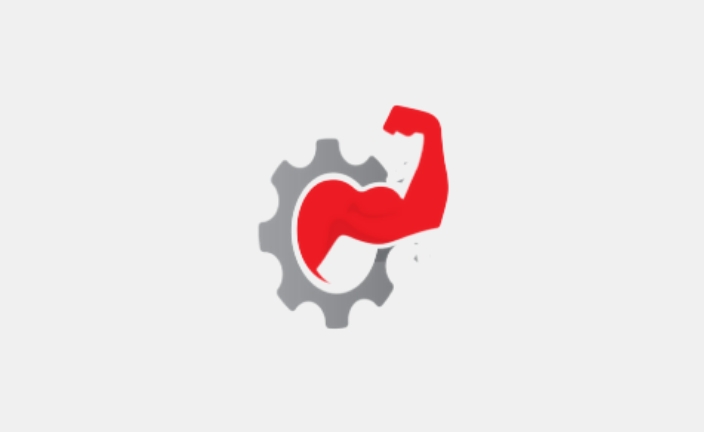The Body Mechanic Approach to Massage
You’re here because you want some insight into what I do before you take the plunge. Makes sense to me, so let’s start with the TL/DR version of how I approach treatment for those of you who should be working right now:
My approach to pain management and manual therapy combines massage with evidence-based techniques from Sport Psychology, Kinesiology, and Exercise Science. WE (you and I, that is), form a team to get to the bottom of your pain issues, get your performance where you want it, and have you feeling relaxed and ready to roll.
I do not operate off of pseudoscience or “woo”.
Everything I do is backed by the latest science.
I’m not a “healer”. I don’t heal anything, but rather walk with you and facilitate you healing yourself. The latest science has demonstrated that pain is not just a product of acute injury, but rather a biopsychosocial phenomenon that is multi-factoral: your past injuries, attitudes, moods, and traumas all come into play and need to be factored in to the treatment plan.
That’s the SHORT version.
The LONGER version:
My approach may seem a bit…different from what you are used to.
You are probably used to something overly “structural”, so some of the following things may sound familiar to you:
Low back pain? – You’ve been told that you sit incorrectly and your ergonomics suck.
Shoulders achy? – They told you that you have “bad posture” and that your muscles are “stuck tight” or “weak”.Hip and Knee Pain? – You heard that your strength training routine “isn’t functional”.
This sound like stuff you’ve heard? Good. Stay with me.
I used to be all about this. My background is in Strength and Conditioning. I did it as a member of the US Navy, and I still maintain my Certified Strength and Conditioning Specialist (CSCS) Certification through the National Strength and Conditioning Association. Hell, I still have select clients I train in person and online.
There was a time I used to do all sorts of formal assessments, tell people what was “dysfunctional” with them, and then assign them a whole slew of “corrective exercises” so that I could “fix them” and get them out of pain. Bottom line: something was wrong with their posture and movement and I needed to fix it. They had pain because their glutes weren’t firing, they had Upper Crossed Syndrome, their posture needed correcting, or their SI Joint was “out”…and so on and so on.
What about that? Does THAT sound familiar?
I thought I was such an awesome trainer.
And, it turns out, I was totally wrong.
As I studied Sport Psychology, it started to dawn on me that my words, as a coach, were very powerful. From a performance point of view, I could make or break someones performance and motivation based on what I said to them. I began to notice incredible outcomes by getting to know my athletes, making them feel safe and in control, and making them feel as though our coach/athlete relationship as more of an alliance.
Pain Science backs this up, as well: You might never feel pain due to “bad posture” (what exactly is “pad posture”)…but if I TELL you that your posture is awful it could cause you pain. As crazy as this sounds, this is probably the reason why your back is still killing you after countless rounds of massage/physical therapy/acupuncture/corrective exercise…even surgery!
Everyone told you that you were “broken” and needed to be “fixed”.
You’re are NOT.
You came equipped with the most advanced nervous system this world has ever seen, complete with consciousness. Your brain is trying to tell you something via pain, and we just need to figure out what. You see, the brain isn’t dumb. Your brain has a very specific reason to cause pain – to protect from a perceived threat.
However, your brain is sending out that signal based on the available information and context it has to work with. As I mentioned earlier, this doesn’t have to be acute tissue damage!
Your brain could gather up all the current info it has, including past injuries and trauma, and use that information to conclude that an area of the body is under threat and needs protection via altered motor-patterns, compensations, and – yes – PAIN.
What does this mean for us?
I’m not sure, as I haven’t met you yet. Maybe we need to sit down and talk about pain science and get you educated. Maybe we need to get some additional hands-on “conversation” with massage or other manual techniques to calm things down. Maybe we need to integrate some movement awareness to help the brain write more efficient movement and motor patterns. Maybe all of the above.
The bottom line is that I dedicate my practice to creating an environment where you feel safe and supported. Yeah, I know I look like a hard-ass, and I DO know a helluva lot about the human body and human psychology, but NO ONE knows more about YOUR body than YOU.
So you are in the drivers seat with me.
I’m just riding “shotgun”, giving some direction, and seeing where this journey takes us.


